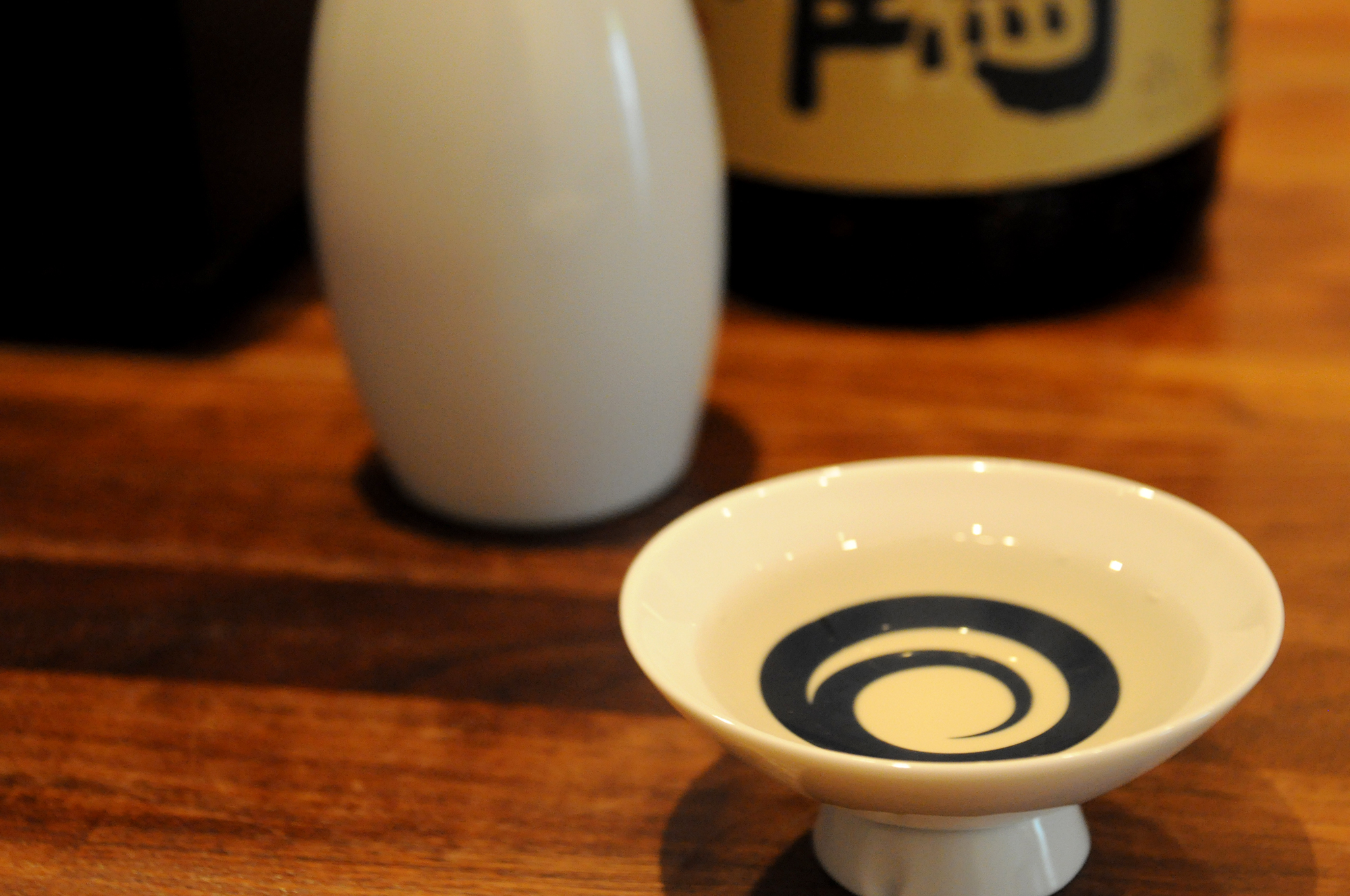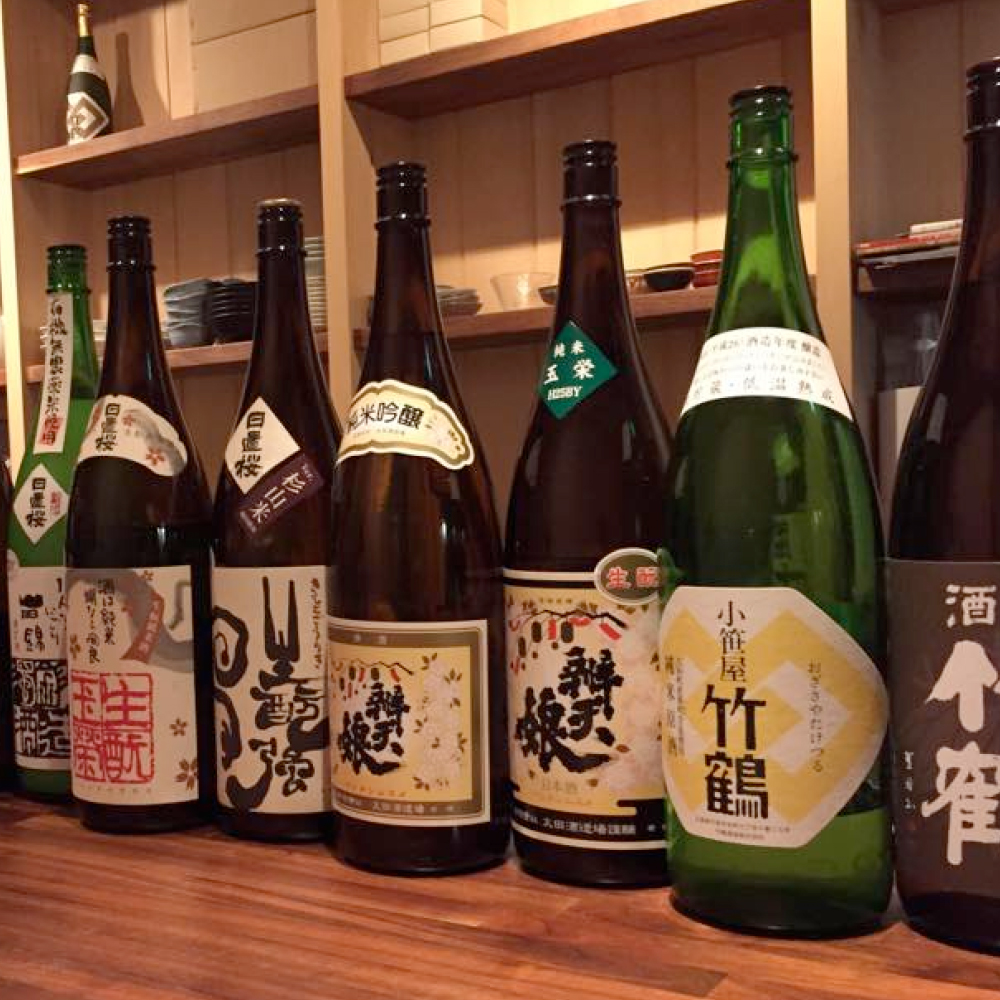Sake Fundamentals 1
The Undiscovered Pleasure of Hot Sake (Okan):
Savor Your Sake Even More Deeply

AuthorToru Sakazaki

There is, perhaps, no element of Japanese culture that is more misunderstood than sake.
Suppose you order sake at an izakaya (a Japanese-style pub) that is particularly proud of their sake collection. Perhaps you’ve heard from a sake-loving friend that sake tastes even better if it is warmed up (i.e. okan, or hot sake). So you order the best sake on the menu and ask to have it heated. Then the waiter shakes his head. “Sorry sir (ma’am),” he says. “But this sake is too good to warm up.” He may even say something like “Truly good sake simply must be enjoyed chilled.”
You’d be faced with two options You could drink sake chilled as recommended by the pub, and return home without knowing the true joy of hot sake. The other option would be to insist on having your sake heated. In this case, you’d most likely end up drinking a sort of second-class sake that the pub specifically stocked for heating (okan), and then return completely disappointed, thinking that warm sake isn’t tasty at all. What a waste of a tremendous opportunity!
You might ask yourself—why does this sort of misunderstanding prevail in Japan, despite its long history of sake culture?
Originally, there were only two ways to drink Sake, either okan (warm/heated) or hiya (lit., cold). Though in fact, there is another misunderstanding even among the Japanese. Despite literally meaning “cold”, traditionally hiya does not mean refrigerated, but rather simply “not warmed”—that is, room temperature. Less knowledgable izakaya servers (like the kind described in the example above) often talk like all sake must obviously be refrigerated, but this cannot be true. After all, refrigerators only came into common use in the 20th century, and sake has been around much longer than that.
The truth is that Japanese people have come to prefer chilled (refrigerated) sake as a result of various marketing activities of the sake industry, which has long been searching for ways to increase sake consumption.
They needed to popularize a new way of drinking sake, so that people would drink sake regardless of the season, and choose it over other options such as beer or wine. In the sense that it broadened the base of sake lovers, it was an admirable effort, but it also had an unfortunate effect—certain sake fans who were only familiar with the relatively recent development of chilled sake started to speak as if it were the be-all and end-all of sake. This led to the widespread misunderstanding that sake is best enjoyed chilled, which unfortunately has become the new standard among a large segment of sake fans. Meanwhile, heated sake (okan), a time-honored way of enjoying sake, has been relegated to second-class status, seen as something enjoyed by middle-aged men who just want to get drunk and don’t care about the taste. This is truly disappointing to see, as nothing could be further from the truth.

We should also touch upon another mistaken belief, which is that because quality sake is very delicate, warming it up somehow ruins it. At its heart, the most outstanding feature of sake is its rich flavor, or umami. The most expensive brews of sake are known as daiginjo, where the rice is highly polished to achieve more smoothness and a floral aroma. By reducing the richness of flavor (umami), daiginjo can be more smooth, but often times it intentionally (or artificially) seeks to achieve an enhanced aroma. As a result, when heated, only the aroma and alcohol content stand out. Viewed in that light, the idea that certain luxury brews taste base when chilled is not entirely wrong. However, it is absolutely incorrect to sake that a high-quality sake should never be heated or enjoyed as okan. This is because “high quality” sake and “expensive” sake are not, by any means one and the same. There are many remarkable brews of sake that feature a rich, natural flavor (umami) that is beautifully expanded by being warmed up—that are often far less expensive than the “luxury” daiginjo brews, to boot. Far more so than other beverages such as wine or beer, the taste of sake varies greatly depending on its temperature, and enjoying these unique variations is a large part of sake’s allure. This is not to say that drinking luxury sake chilled is wrong, but in a sense, it is a similar experience to drinking a good glass of wine. On the other hand, heated sake (okan) is a unique pleasure that really can’t be experienced with other alcoholic beverages. That is why we encourage you to experience and enjoy the wonder of warmed sake (okan).
Fortunately, the culture of okan is gradually coming back to the forefront as sake lovers have rediscovered the joy of heated sake. Still, the number of places that you can go to enjoy this unique Japanese drinking culture are still limited. If you are lucky enough to experience okan in Japan, please bring a bottle of sake back home and share with your friends the secret—for true sake lovers, a good sake is best enjoyed warm.